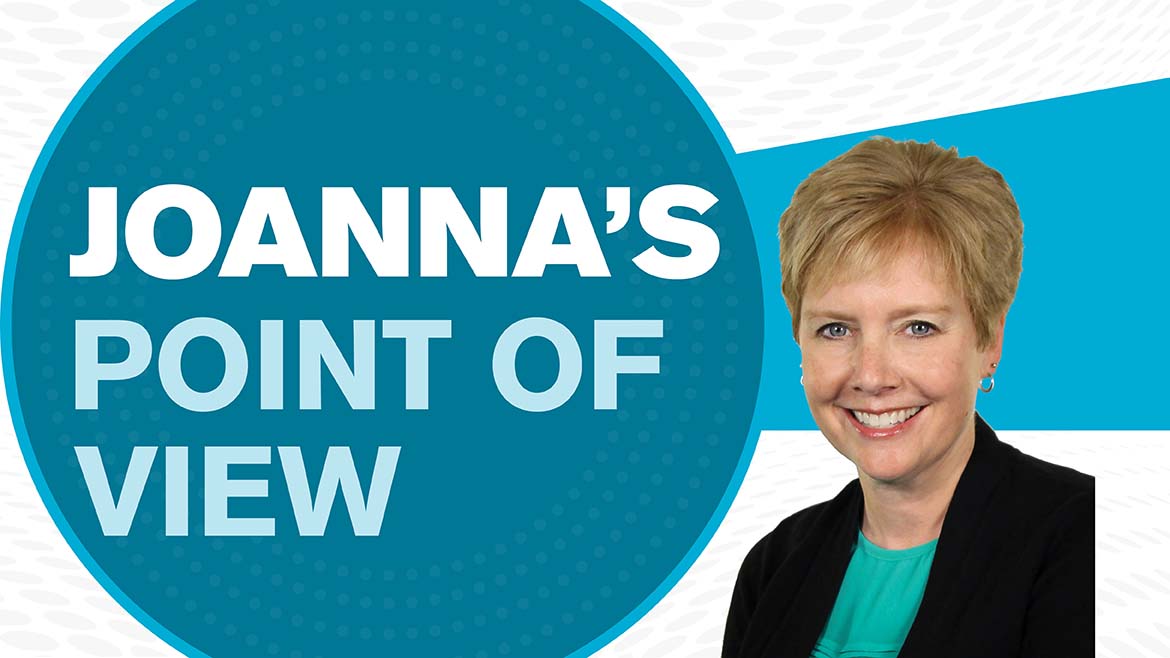The pandemic has upended life as we know it, and many changes are occurring that we could never have anticipated. Probably one of the more interesting statistics is just how much less energy Americans used once the pandemic forced commercial buildings to close.
According to the U.S. Energy Information Administration’s (EIA’s) most recent Monthly Energy Review, in April 2020, the U.S. consumed the lowest amount of energy since September 1989. Energy consumption in April 2020 was 14 percent lower than in April 2019, the largest year-over-year decrease in EIA’s monthly total energy consumption, dating back to 1973. Before April 2020, the largest year-over-year change in U.S. total energy consumption occurred between December 2000 and December 2001, when consumption decreased by about 10 percent because of economic and weather-related factors, noted the EIA report.
Being a mild month in terms of weather, April usually has the lowest total energy consumption for the year anyway, as lower temperatures reduce energy demand for heating and cooling. This year, however, April was the height of stay-at-home measures enacted to mitigate the spread of COVID-19, noted EIA, which caused a large drop in transportation, industrial, and commercial sector energy consumption. That drop was substantial, with EIA reporting that consumption of electricity by the commercial and industrial sectors declined by 11 percent and 9 percent, respectively, from levels in April 2019.
On the other hand, residential sector electricity consumption increased from 90 billion kWh in April 2019 to 97 billion kWh in April 2020, an 8 percent increase. This is likely due to the fact that many Americans were required to “shelter in place” due to the pandemic, and more time at home resulted in increased electricity use.
Of course, the decreased demand for electricity was not spread evenly across the commercial market. Supermarkets, for example, never closed down and saw record sales, as people rushed to stock their pantries during the shutdown. Almost all “non-essential” businesses, however, sent their employees home, leaving office buildings vacant, thus reducing the need for space heating and cooling. Many of those businesses remain closed, as employees continue to work from home whenever possible.
As a result, EIA is forecasting 3.6 percent less electricity consumption in the U.S. in 2020 compared with 2019. The largest decline on a percentage basis will be in the commercial sector, where EIA expects retail sales of electricity to fall by 7.4 percent this year.
What that means for the cost of electricity is anyone’s guess. Will energy prices decrease due to less demand? Or will utilities raise prices to make up for lost revenue? Many experts believe that the latter is more realistic, as power plants and utilities have big investments in transmission and distribution infrastructure, and those costs are fixed.
However, EIA expects wholesale electricity prices throughout the United States to be lower in 2020 than they were in 2019, reflecting the lower cost for natural gas as a fuel for power generation and less overall electricity demand. According to their Short-Term Energy Outlook, “The expected declines in wholesale electricity prices range from 11 percent lower at the Midcontinent Illinois hub to an expected decline of 53 percent at the ERCOT North hub in Texas, where prices spiked during some hours in 2019.”
Even the high electricity prices in New York City have taken a tumble, according to The Wall Street Journal, which reported, “In the U.S., the drop has been most severe in New York City, center of the nation’s epidemic and home to a services sector that usually devours electricity. Wholesale power prices averaged $16.57 a megawatt-hour in the first six days of May, according to S&P Global Platts, down by more than a quarter from the start of 2020.”
Let’s hope that those lower prices are passed along to businesses, many of which are struggling to stay alive these days. Lower energy costs could be one positive thing that comes out of all the chaos and disruption the pandemic has already caused.
Want more HVAC industry news and information? Join The NEWS on Facebook, Twitter, and LinkedIn today!





